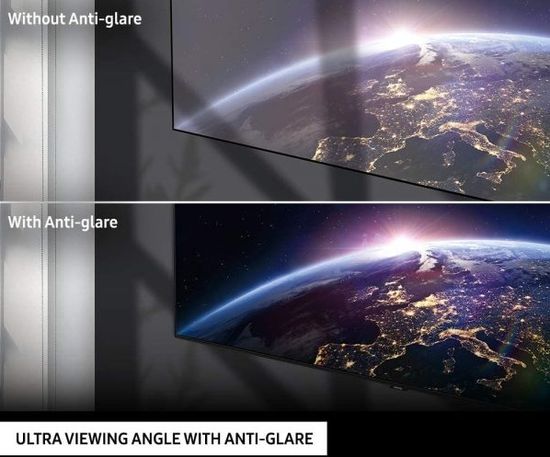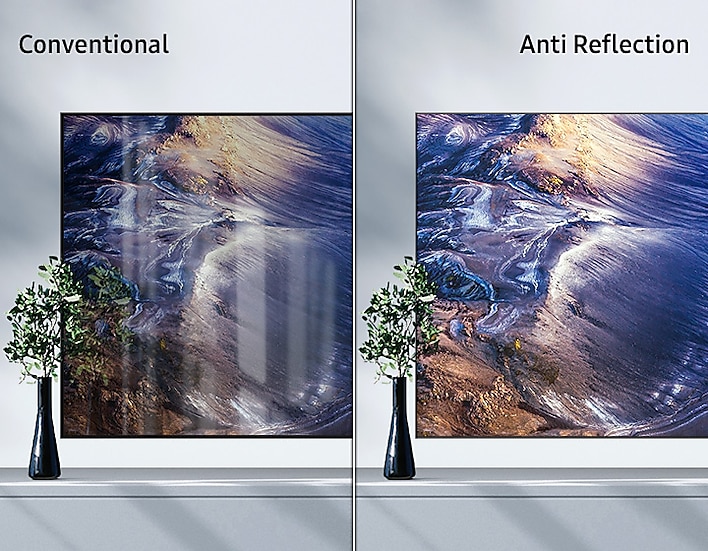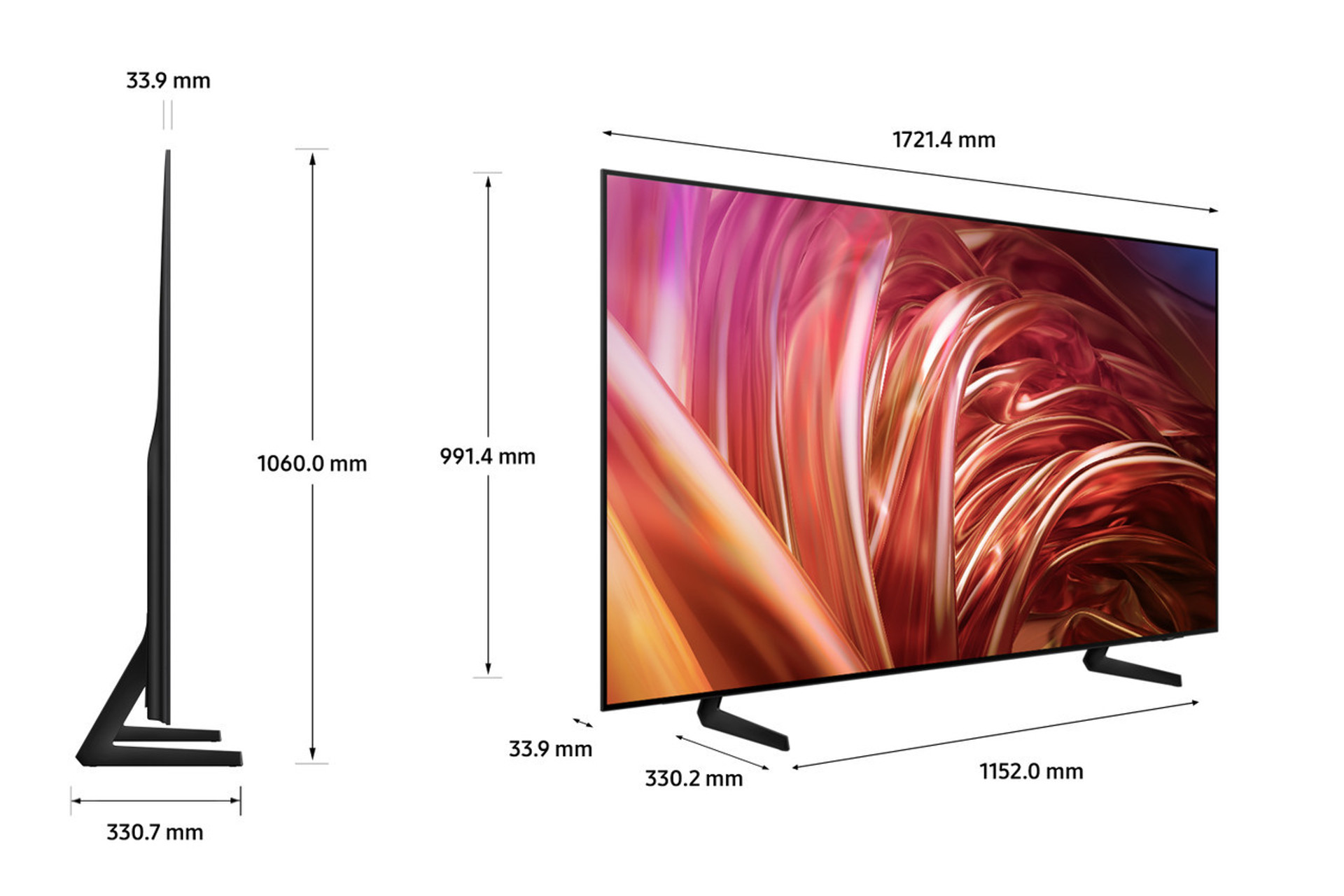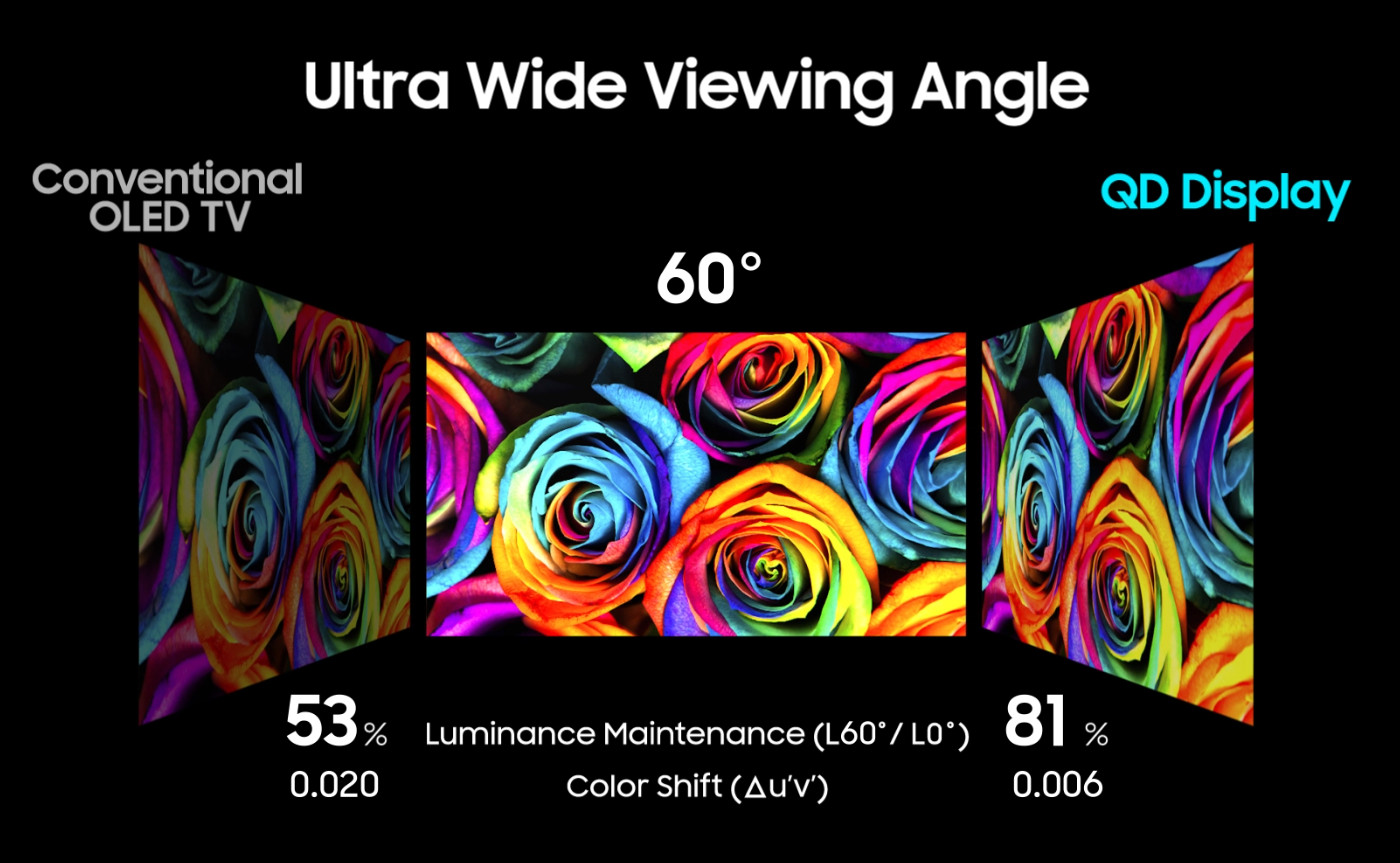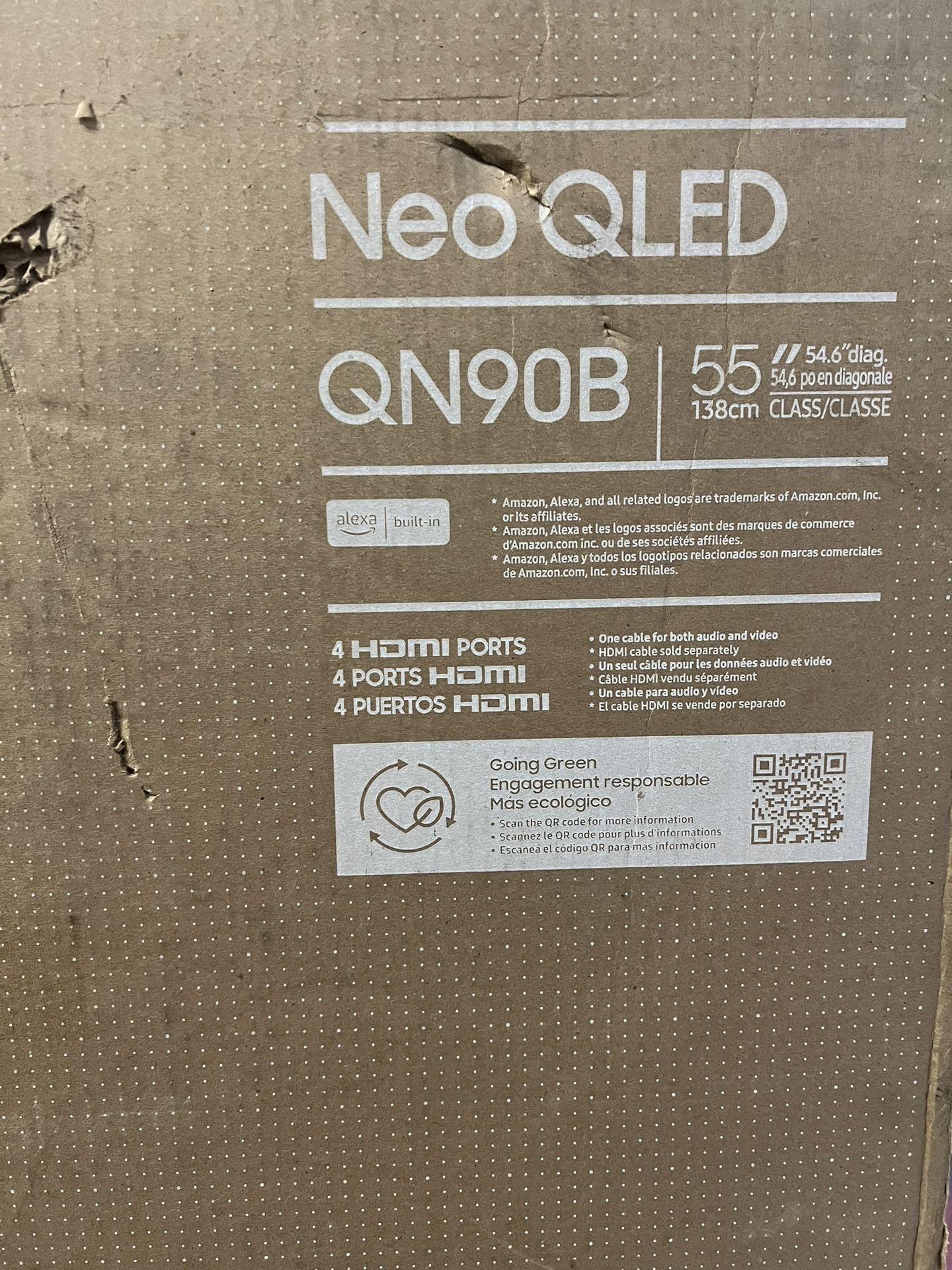Ultra Viewing Angle With Anti-glare

Glare reflecting off screens, distorting colors and limiting viewing positions, has long been a frustrating reality for users of displays ranging from smartphones to massive digital billboards. This ubiquitous problem is now being directly challenged by a new wave of display technologies that combine ultra-wide viewing angles with advanced anti-glare coatings, promising a significantly improved and more immersive visual experience.
The convergence of ultra-wide viewing angles and anti-glare capabilities represents a paradigm shift in display technology, poised to reshape how we interact with screens. This article delves into the technical underpinnings of these advancements, explores their potential impact across diverse industries, and examines the challenges and opportunities that lie ahead as manufacturers race to bring these innovations to market.
The Science Behind the Screen
Conventional displays often suffer from color shifts and reduced contrast when viewed from off-axis angles. This limitation stems from the inherent properties of liquid crystals and other display materials, which can alter the path of light depending on the viewing angle.
Ultra-wide viewing angle technology addresses this issue by employing advanced pixel structures and alignment techniques that minimize light leakage and maintain consistent color reproduction regardless of the viewer's position. IPS (In-Plane Switching) panels are a prominent example, known for their superior viewing angles compared to older technologies like TN (Twisted Nematic).
Tackling the Glare Problem
Glare, on the other hand, is primarily caused by ambient light reflecting off the surface of the display, washing out the image and making it difficult to see content clearly. Traditional anti-glare solutions often rely on applying a matte finish to the screen, which diffuses the reflected light.
However, this approach can also reduce sharpness and contrast, leading to a less vibrant image. Modern anti-glare coatings utilize sophisticated nanoscale structures that scatter light in a controlled manner, minimizing reflections without significantly compromising image quality, according to research published in the Journal of Display Technology.
Applications Across Industries
The benefits of ultra-wide viewing angles with anti-glare extend far beyond personal entertainment. Industries ranging from healthcare to automotive are poised to capitalize on these advancements.
In healthcare, diagnostic imaging displays with ultra-wide viewing angles allow multiple doctors to review scans simultaneously without distortion, improving collaboration and accuracy. The anti-glare properties are crucial in brightly lit operating rooms, ensuring surgeons can clearly see vital information during procedures.
The automotive industry is increasingly incorporating large, interactive displays into vehicle dashboards. According to a recent report by Market Research Future, the demand for automotive displays with enhanced visibility and wide viewing angles is growing rapidly, driven by the increasing sophistication of in-car infotainment systems and driver-assistance technologies.
Challenges and Future Directions
Despite the significant advancements, challenges remain. Manufacturing these displays with consistent quality and high yield rates can be complex and expensive.
The development of more efficient and durable anti-glare coatings is also an ongoing area of research. Furthermore, integrating these technologies into flexible and foldable displays presents unique engineering hurdles.
However, the potential rewards are substantial. As demand for immersive and visually appealing displays continues to grow, ultra-wide viewing angles with anti-glare are set to become standard features across a wide range of devices. Experts at Display Supply Chain Consultants (DSCC) predict a significant increase in the adoption of these technologies in the coming years.
Ultimately, the future of display technology lies in creating seamless and intuitive visual experiences that enhance our interaction with the world around us. The combination of ultra-wide viewing angles and anti-glare is a crucial step in that direction, promising a brighter and more accessible future for display technology.

